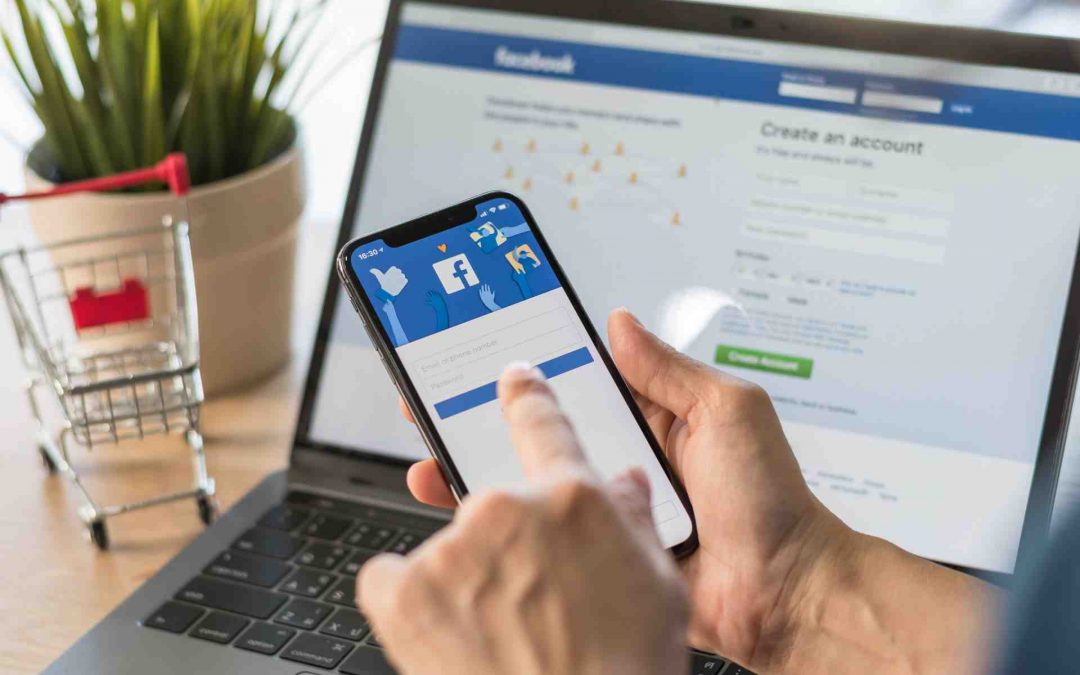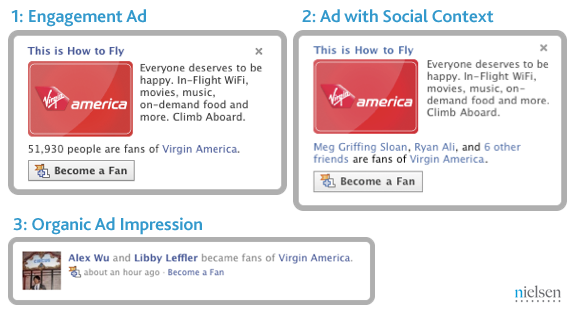
Sales tools have traditionally been physical items, such as calendars and conference rooms. While these tools certainly have their place, they may not be the most efficient way to do business in the 21st century. Modern sales tools include many software applications and services. Continue reading to find out more about email automation and social selling. You may be surprised by what you learn!
Social Selling
Many social selling tools exist to help you manage your online activities. The right tools can help you manage your customer base and track their service requests. Zendesk helps you stay organized, and gives your customers a personal touch. You can also use social listening tools to identify leads and build relationships. The right tools can help you build a strong online reputation and increase your business. These are some of most used social selling tools.
Sales enablement tools
Content is a key component of sales facilitation. Inconsistent messages and insufficient content often frustrate sales leaders. Fortunately, there are a variety of sales enablement tools that can organize and deliver content. Some tools allow you to create and distribute marketing materials to leads, while others help with managing content. Here are some tools you might want to look into. You may be interested to learn more about each one, or maybe you'd like to try them all for free.

CRM software
Customer relationship management (CRM), is a process and system that tracks customer relationships. CRM software helps you manage important sales and marketing processes to ensure your team provides the highest level possible of service. Advanced CRM platforms automate customer data collection, applying insights through custom filters and advanced algorithms. AI and machine learning features analyze contact data and make it more useful for your business. They can also help you prioritize support tickets or analyze your sales processes.
Email automation
Email automation can be a great way of retaining customers and encouraging new ones to purchase from you. It can also send automated sales or marketing emails to potential clients. This type of marketing tool can be especially useful for B2C firms that send out welcome and feedback emails. When they are able to achieve the desired results, companies tend not to send anymore emails. One example is an email series that aims to convert a buyer to a paying customer. The company might send another series of emails to convert the buyer if the first email was successful.
Scheduling
The task of managing your sales calendar can seem overwhelming, especially when you don’t know what next. It can be frustrating and time-consuming to schedule meetings and sales calls. The coordination of these tasks can prove difficult. Many scheduling tools place the responsibility of managing the client's time on their recipients, making it difficult to manage everything. Luckily, you can get the tools to help make the process as easy as possible for your clients.

Inbound sales
Inbound marketing strategies should include creating content for prospects. The content can be placed wherever interested parties can find. The content can be used by sales to open a conversation with the prospect. The process of onboarding new customers must be seamless and easy. In order to attract customers, build brand authority and improve audience connection rates, the sales team should also create quality content. This approach will boost the chances of a successful sales process and generate more leads.
FAQ
What are the top mistakes people make when they start a content marketing campaign?
You must have a plan for your content marketing strategy. Without a solid plan, your efforts will go unused and cost you money. If you don't know how to use the content or where it should go, you will create a lot of content.
A well-thought out content marketing strategy will give you direction, focus and goals. This helps you stay on track, as you move through each phase. If you are doing social media campaigns, it might be a good idea to first analyze which posts get the most engagement. You will be able to identify which posts are most likely to drive traffic and which ones won't. Based on the results, you can decide if you want to create blog articles or videos.
Another mistake that people make is not considering how long their content marketing campaign will last. If your goal is to launch a new website tomorrow it makes sense for you to create content now. If you've been working on your content marketing strategy for six-months, it makes sense to write some content today.
Great content takes time. Don't rush this step or think too fast.
Let's say you are a business owner and want to learn more about content market. We recommend you to read our guide, How to Create Content That Works. This guide includes ten steps to help ensure your content marketing programs are successful.
What makes content marketing different to traditional advertising?
Content marketing is different. Traditional advertising focuses only on getting attention. Because most people don't pay attention to traditional advertising, it is often a waste. With content marketing, however, you'll see much higher engagement rates.
What is Content Strategist, and what does it do?
A content strategist is a person who helps brands tell stories. They create engaging messages that appeal to their audience and help them connect with them emotionally. They are storytellers who focus on telling brand stories that help people make decisions and take action.
Content strategists can create strategies that are engaging for current and future customers. For example, they use storytelling and data analytics to create compelling experiences that will inspire customers to visit stores, buy goods, and share their enthusiasm online.
They are also able to integrate social media platforms in these campaigns. They use technology tools such virtual reality and video to deliver exceptional customer experiences.
Content strategists are responsible for translating ideas into tangible plans that marketers can execute. This includes creating content that can be used on different media (such as television or print), and developing creative briefs. Budget management is also an important part of the job.
How can I measure success when using content marketing?
There are several ways to gauge the effectiveness of content marketing efforts. One method is to count the number of people who visit your website. The other is to see how many leads you generate.
What is Content Marketing?
This strategy involves creating quality and relevant content for your site or blog. This content can include video, images, text, and infographics.
Statistics
- This marketing strategy landed Ford a 15.4% conversion rate. (neilpatel.com)
- An example of an overarching goal could be: "In 2022, we want to achieve a 20% increase in revenue created by organic content and generate 15,000 MQLs with a budget of $30,000." (semrush.com)
- According to research compiled by Coschedule: Companies that publish 16+ blog posts a month get as much as 3.5x as much traffic as those that publish 0-4 posts a month. (criteo.com)
- In fact, would pay more for a better customer experience, and 86% of B2B buyers would pay more. (neilpatel.com)
- Content marketing produces 3X more leads per dollar spent. Content marketing costs 62% less than traditional marketing. (criteo.com)
- We found that 40% of businesses don't have a documented strategy yet. (semrush.com)
- To further show the importance of this, 89% of people have stopped doing business with a company because of a poor experience. (neilpatel.com)
- Measure your goals with a progress indicator of 0-100%. Make your goals collaborative and transparent (semrush.com)
External Links
How To
Content Marketing Tips: Infographic Creation Tips
Infographics are an effective way to explain complicated concepts clearly and make information understandable. Infographics can be used to communicate your message.
To create an infographic, Adobe Illustrator or Photoshop is required. These programs allow you to create infographics by drawing different shapes and elements. You can then use colors and fonts for your data. Once your design is ready, you can start uploading images from sites like Pixabay and Unsplash to insert into your design.
Online infographics can be a great source of inspiration. For example, if you want to show how many calories are in certain foods, you could take a picture of a food pyramid and replace the numbers with pictures of those foods. Another option is to take a picture of a can of Coke and look at how much sugar it contains.
Once you've designed your infographic, you can share it through social media channels like Facebook and Twitter. This will make it easier for people who don't know the concept to get familiar with it. If you decide to post your infographic on social media platforms, include hashtags so others can see what you're talking about. Hashtags enable users to follow along in conversations related to specific topics.
If you decide to create an infographic, try making your posts shorter than usual. An average blog post can be anywhere from 2000 to 5000 words long, while an infographic only requires 500 to 1000 words. This allows you to convey more information in a smaller space.
Make sure you consider that your infographic will be difficult to read by some viewers. You should use large fonts for your infographics. Don't rely too heavily upon color. Also, make sure that all your text is legible.
Here are some more tips
-
Choose an Infographic Template. There are many free templates online. Canva (Piktochart) and Google Slides (Google Slides) are some of the most requested templates.
-
Make your Infographic. Use the template below to create your infographic. You can use any media that suits your audience. An example of this is a infographic that shows the best restaurants in Seattle.
-
Add text. Once you've created your infographic, add text using Microsoft Word, PowerPoint, or Canva.
-
Add Images. You can also add images to your infographic. You can add images to your infographic. Make sure the picture is relevant to your topic before you add it.
-
Make It Interactive. You can add interactive elements, such as maps, buttons, and links. This will allow you to engage your audience.
-
Share. Share the infographic once you're done.
-
Measure. Do you know how well your infographic performed? Did they click through to your site? Did they sign up for your email list? Was your infographic received well by them?
-
Improve. Is there anything you can do to improve your infographic Is there anything you could do better?
-
Repeat. Repeat.